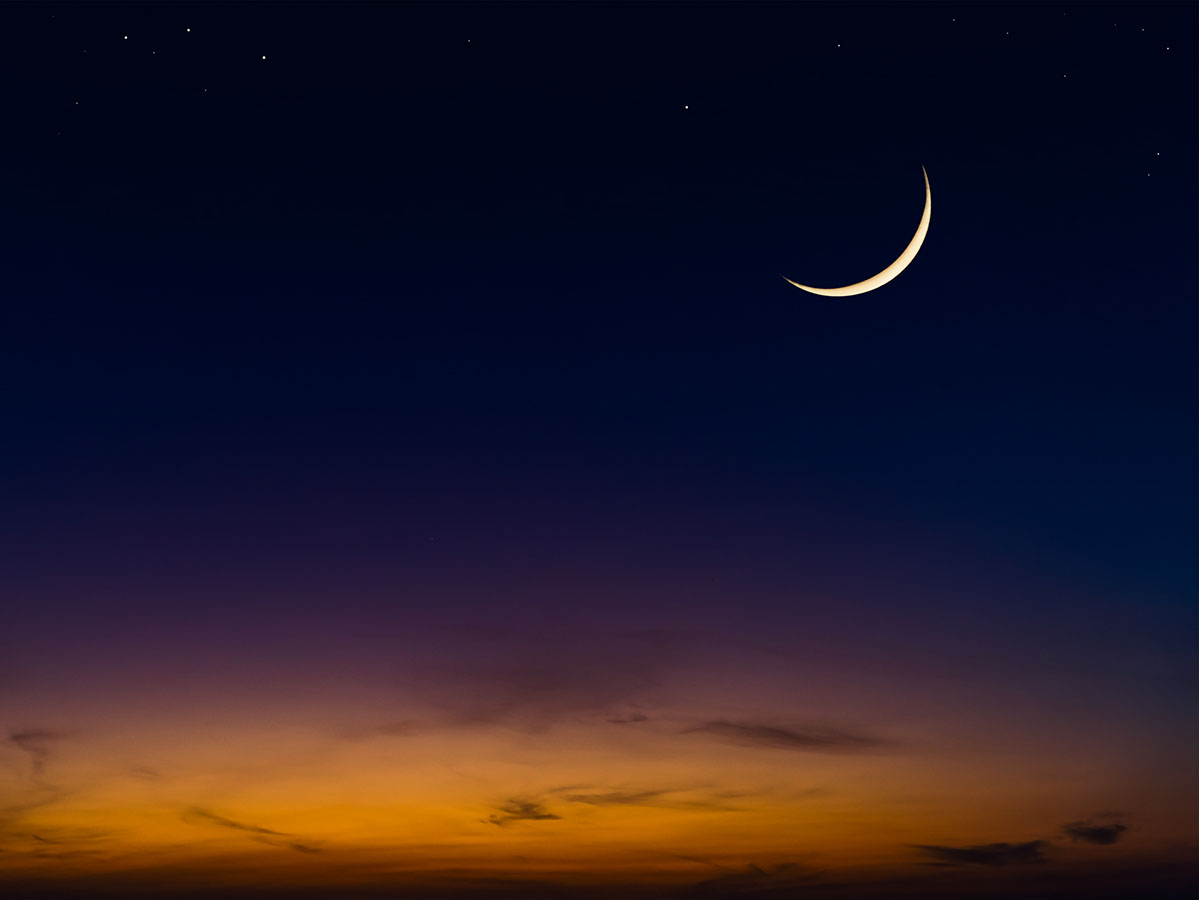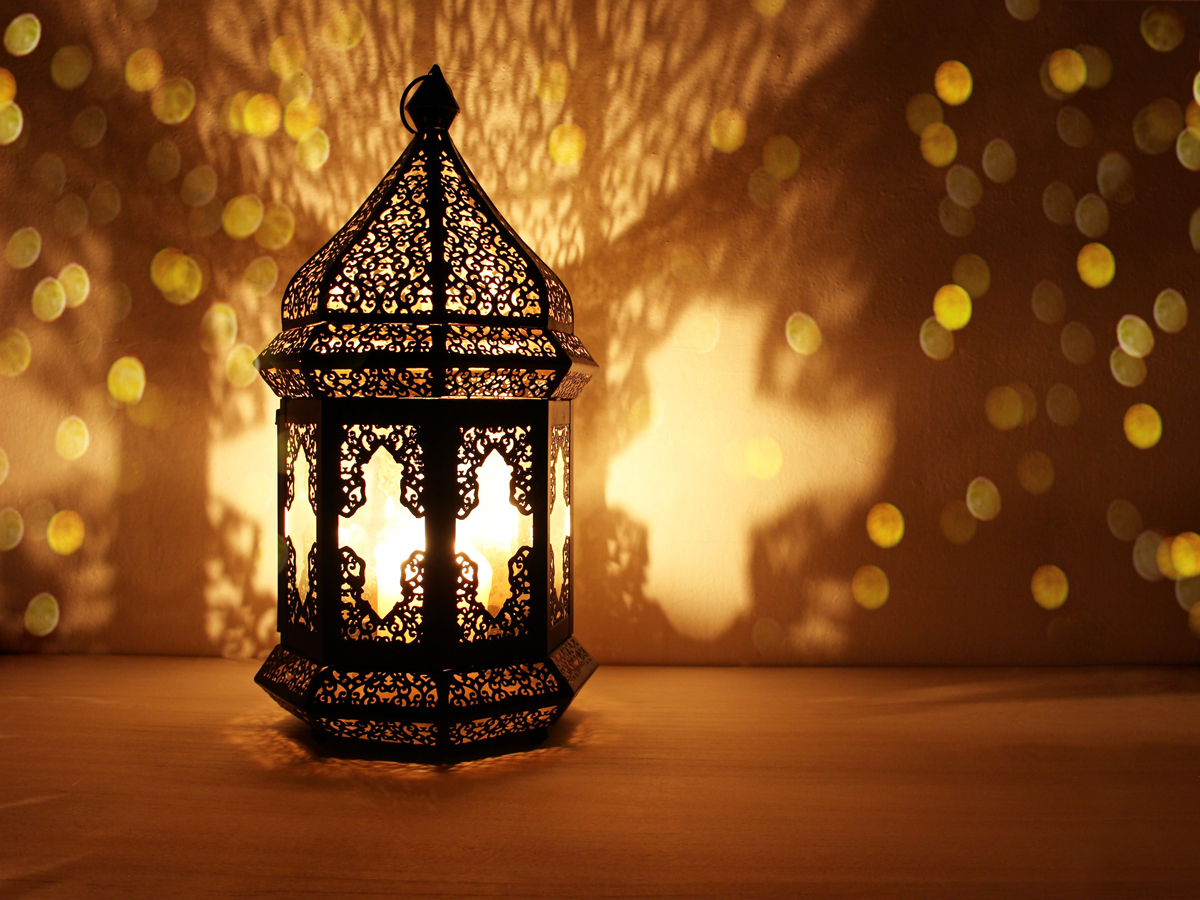What would you think if you saw a man walking down a busy street, holding a tree and wrapped entirely in a giant sheet of plastic? Well, artist Abdulnasser Gharem did just that and his Dad thought he was crazy. As talks to us in his namesake Gharem Studio, he laughs and recalls, “people just went to my Dad and said, ‘you need to check your son is okay’.
He was shouting, ‘what are you doing in the main street?’ I said, ‘it’s performance art’, but he said, ‘you bring me shame’”.
Before Extinction Rebellion were using performance art to draw people’s attention to climate change, Abdulnasser Gharem was, quite literally, a one-man show. As Saudi was still gallery-free, he took his message to the streets. In Flora and Fauna he stayed inside the plastic bubble for six hours, and survived on the oxygen from the tree, as he highlighted how imported trees were damaging indigenous Saudi ones.
Born in Khamis Mushait, Saudi Arabia, Gharem is not your conventional artist. For starters, he worked in the army as a Lieutenant Colonel. “What’s happening now in the Arab world, I can use all of the background I had in the military and translate it into the art pieces. It was like the other side – the human side. You’d be a soldier in the morning, and then at night you show the other side. So I was lucky I found a way to marry being in the army and in the art world,” he explains.
When his weapon of choice became a paintbrush, he travelled to Riyadh and struggled to find a studio. So in 2013 he opened Gharem Studio, a studio, gallery and workshop for artists to create in and the public to visit. “It was hard to sit boys and the girls together. So I turned my studio into my house, as the law would protect you if it’s a house. If a museum or curator would visit, I would introduce them to artists – that’s how it started,” he says.
In October, Gharem Studio relocates and reopens in a bigger and better space. The studio continues to nurture new talent. Abdulnasser Gharem is proud that students can sign up for internships, for which he has partnered with Saudi Arabian universities.
The money that Gharem makes from his sales, he invests back in to the studio. A blockbuster Christies’ auction saw Message, Messenger, a sculpture symbolising Jerusalem’s Dome of the Rock, complete with a stuffed white dove, sell for $842,000 (SAR 3.16 million) and make him the biggest-selling living Arab artist.
“Trust me, there’s no pressure. I will not change. I have trouble with galleries, as when they see something people like, they will start to say, ‘you need to do one or two’. I will tell them no,” he clarifies.
As the bad boy of art, Gharem often comes close to the line, but never fully crosses it. As life drawing is banned in Saudi Arabia, he once smuggled a mannequin into the country by breaking it into pieces.
As Gharem speaks to us, his shelves are bursting with art books and he regularly references international artists. He lights a cigarette and laughs, “I turned [the mannequin] into an art piece, a performance piece. Actually, if you read the history in art and philosophy, there were boundaries everywhere. Look at Picasso, why did they call him avant-garde? The Renaissance was against boundaries.”
For Gharem, art should spark a conversation. When the September 11 terrorist attacks took place, suddenly there was a global conversation about Saudi Arabia, which resonated with Gharem on a local level: two of the hijackers were his former classmates.
After reflecting on the events, he wanted to focus on similarities rather than differences and created Pause – the two line symbol mimicked the Twin Towers. “Why did I call it Pause? We were sitting still at the TV, everyone was shocked and we didn’t know what was going on. When I showed that piece in the Los Angeles County Museum of Art, the people said the same thing, ‘we were paused in front of the TV’” he shares.
“There was no chance to defend ourselves as people. The media didn’t give us an opportunity. So I said, ‘I’m an artist, I have these tools, why don’t I use them?’ I will reach the museum and reach the people. I opened up the conversation, there was no one in the middle between me and the people – no media, nothing. That’s what I am looking for: a dialogue directly between nations, from artist to people,” he adds.
Is he frustrated his work is often politicised? It’s not like people focus as much on the nationality of Damien Hirst or Jeff Koons. “If your reference is your daily life, you are going to be engaged with what’s happening,” he answers. “That’s why they call you a contemporary artist to reflect what’s happening globally, in your country and even with your friends. It’s not something you plan to do, it’s something that you need to be aware of and catch.”
Today, Abdulnasser Gharem is excited about Saudi Vision 2030 and continues to draw inspiration from the environment. He is behind the government’s green initiatives and sees the role of an artist as key. “What people know about us is that we are an oil country. Now we have a grand narrative in Saudi Arabia, and the government is taking care of the environment,” he smiles.
“I am a middle man now between the government and people. Five years ago there were no musicians in the street, but we built a recording studio. Now, the government want to develop music and culture. We were filling the gap – we know our role,” he concludes.
With the launch of his new studio, there’s little doubt Abdulnasser Gharem will continue painting the town whichever colour he chooses.
Gharem Studio will open in October at 3518 Shaikh Muhammad Ibn Al Uthaymeen, West Umm Al Hamam Dist, Riyadh 12324. For more information, vist gharemstudio.com.

Abdulnasser Gharem: “I found a way to marry being in the army and in the art world”
Renowned Saudi artist chats climate change, commercial art and being called crazy, as he reopens his eponymous Riyadh studio
Be the first to get all the latest news, reviews and deals into your inbox by signing up to our free newsletter, click here to sign up.
You Might Also Like


Posted inThings To Do, Features, Things to do
All the exciting things you can’t miss at Boulevard World
The Riyadh Season zone houses the largest manmade lake in the world

Posted inTravel, Features, News, News
How to use the Riyadh Bus Darb Card
Tickets are available from SAR4

Posted inThings To Do, News, News, Sport, Sport & Adventure, Sport & Outdoor, Sport & Wellbeing, Sports & Wellbeing, Sports and Outdoor
The Saudi Arabian Grand Prix is coming back in 2024
Start your engines for round four in Jeddah

Posted inThings To Do, News, Things to do
A Ramadan Market is coming to The Boulevard
The event is happening in the popular Hittin area

Posted inHotels, Attractions, News, News, News
Here’s your first look at The St. Regis Red Sea rooms
The new resort will have 90 overwater and beachfront villas

Posted inRamadan, Features, News
Your complete guide to Ramadan in Saudi
Timings, iftars, and more in Riyadh, and beyond

Posted inNews, Gaming & Tech, News, Things To Do
Gamers8 prize pool revealed to be largest in the history of Esports
The world’s biggest Esports event is back
